Whether you are planning on driving in the UK or taking the UK driving test, it’s important that you are familiar with the UK speed limits.
This section explains the various UK speed limits, along with pictures of UK speed signs and the dangers and possible penalties of exceeding the speed limit. Although a particular road may have a speed limit, certain vehicle types may have an independent speed limit regardless of the road.
This is also explained along with understanding a roads speed limit if no speed signs are present.
UK speed limit signs and meanings
Explained are the UK speed limit signs and meanings. Red round signs are giving orders. It is illegal to exceed the speed limit shown within a red circle. The speed limit signs shown are commonly found on UK roads.
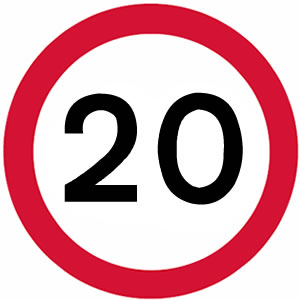
20 mph UK speed limit
The 20 mph UK speed limit (32 km/h) is used in residential areas and on streets where there’s a high density of pedestrians and cyclists. The 20 mph sign isn’t used to anywhere near the extent that the 30 mph limit is used, although it is possible many more residential areas and busy streets could become a 20 mph zone in the future.
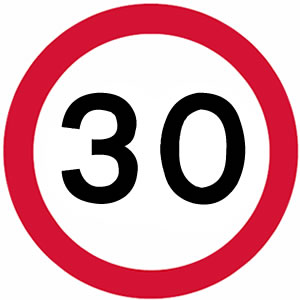
30 mph UK speed limit
The 30 mph UK speed limit (48 km/h) is also used in residential areas and is the most frequently used within villages, towns and cities. The vast majority of UK roads within urban areas are 30 mph. Unless signs suggest otherwise, UK roads with street lighting will almost always have a speed limit of 30 mph.
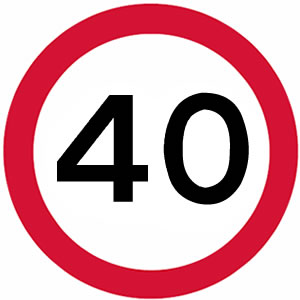
40 mph UK speed limit
The 40 mph UK speed limit (64 km/h) is often found at the surrounding outer roads to towns and cities. Some villages may have a 40 mph speed limit. 40 mph UK roads can have street lighting although 40 mph speed limit signs will be in place, often with smaller repeater signs. Most open country roads in the UK have a speed limit of 60 mph (national speed limit) although that may be reduced to 40 mph due to the high level of accidents that occur on rural roads.
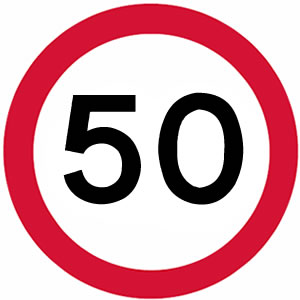
50 mph UK speed limit
The 50 mph UK speed limit (80 km/h) like the 40 mph limit is seen on outer roads around towns and cities although the 50 mph limit is not as common as the 40 mph. Urban dual carriageways can often have a 50 mph limit.
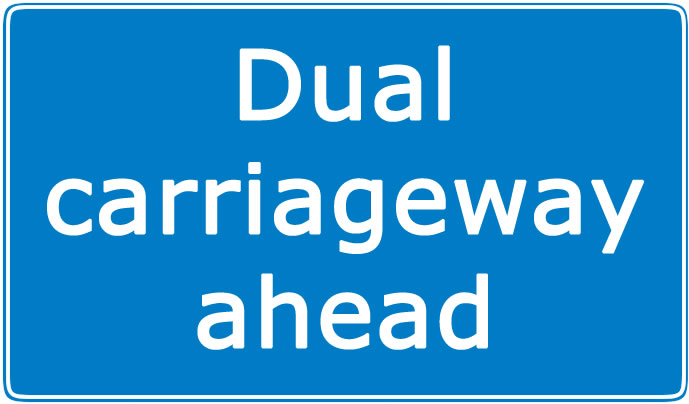
UK dual carriageway speed limit
The UK dual carriageway speed limit is 70 mph (112 km/h) maximum. UK dual carriageways that have the national speed limit of 70 mph do not have speed limit signs. Where dual carriageways have a restricted speed limit such as 50 mph in an urban area for example, speed limit signs will be located alongside the road.
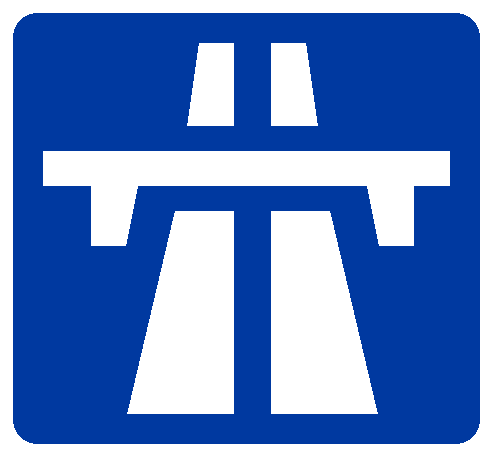
UK motorway speed limit
UK motorways have a speed limit of 70 mph (112 km/h) maximum. The speed limit on UK motorways is only reduced due to potential hazards such as road works or bad weather.
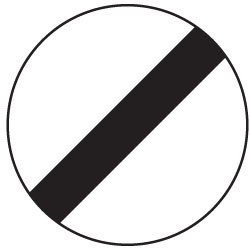
UK national speed limit
The UK national speed limit depends on the type of road as seen above and the type of vehicle being driven. The maximum national UK speed limit id currently 70 mph (112 km/h) and is only found on motorways and dual carriageways. Single carriageway roads displaying a national speed limit sign will have a maximum speed limit of 60 mph (96 km/h) depending on the vehicle type.
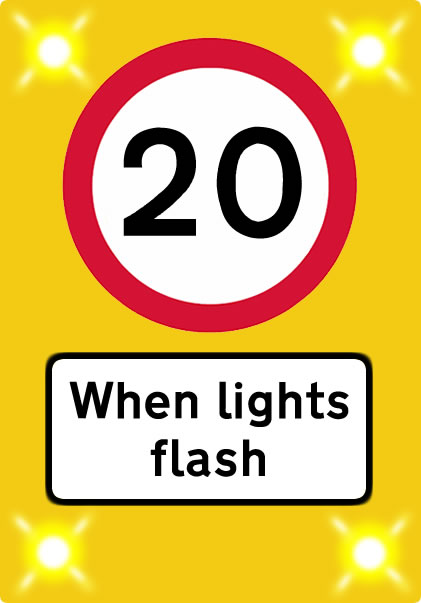
20 mph speed limit when lights flash
These signs are usually found in 30 mph zones and are located around such places as schools. The lights flash at school starting and finishing times. If the lights are not flashing the normal speed limit applies.
These signs are sometimes also white and vary in size and variations of text. The red circle containing the speed limit on the white background makes the signs order mandatory however.
UK national speed limits
UK speed limits vary depending on the type of road the vehicle is being driven on and the type of vehicle being driven. This table explains the UK national speed limits for road type and vehicle type. Listed are UK national speed limits for motorcycles, cars, caravans, trailers, bus, vans, and HGV lorries.
UK speed limit increase
UK motorways may see a speed increase from 70 mph to 80 mph for certain vehicles. It’s likely however that only certain sections of carriageway may have the new speed limit increase, and those sections that are not deemed safe enough will remain at the current 70 mph.
UK speed limit decrease
Accident rates among pedestrians and cyclists are higher in densely populated areas in cities and towns. Certain UK roads have already had the speed limit decreased from 30 mph to 20 mph although the 20 mph speed limit will in future become a much more common speed limit sign in residential areas and densely populated areas on UK streets.
Other areas that may see a speed reduction on UK roads are rural roads. Rural country roads represent the most dangerous roads to drive on in the UK with nearly 50% of deaths caused by accidents on rural roads.
The problem is often a combination of speed and the hazards associated with rural roads such as tight bends. The current rural road speed limit is the national speed limit of 60 mph unless signage states otherwise. This is set to be reduced to 40 mph.
